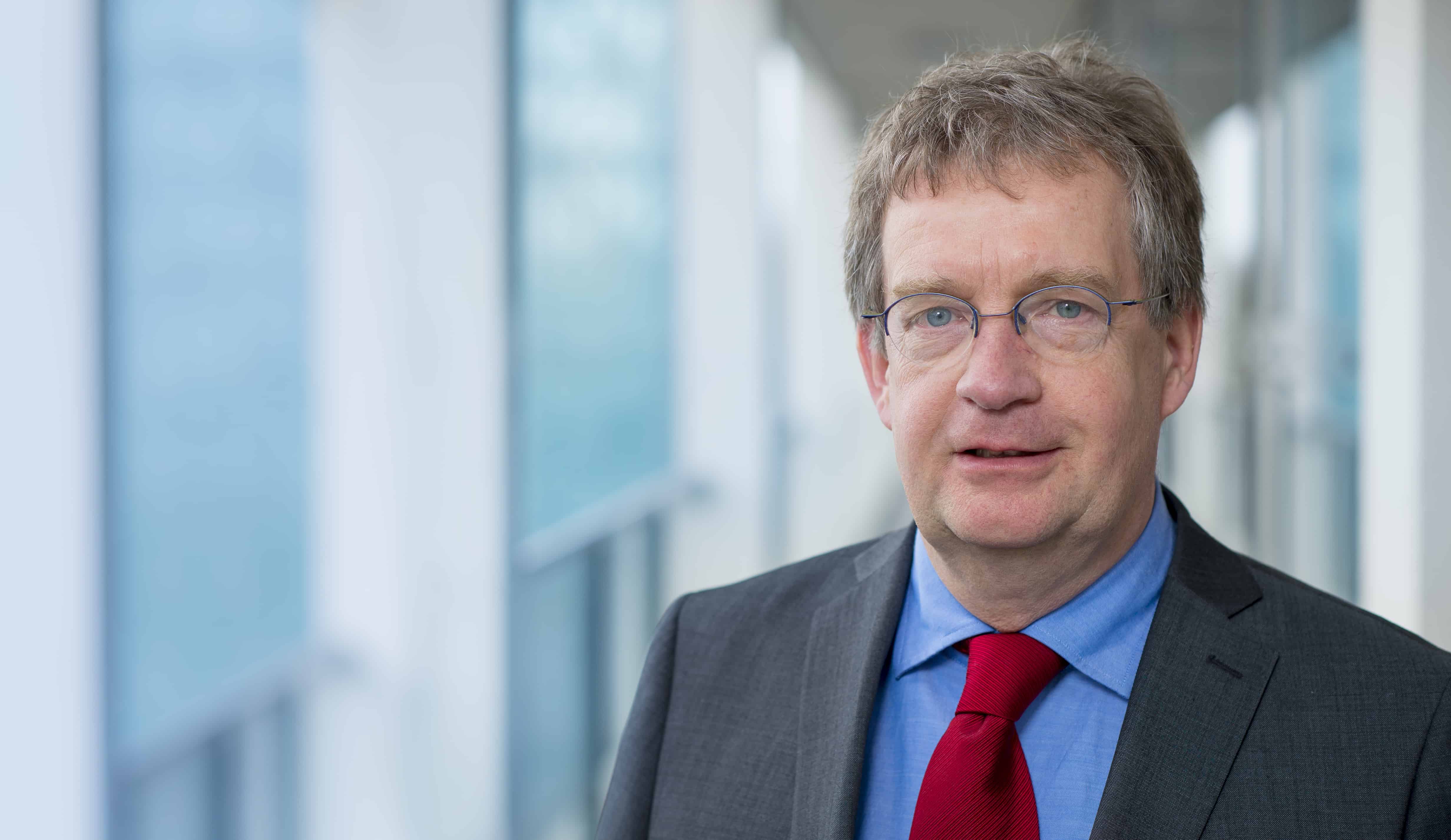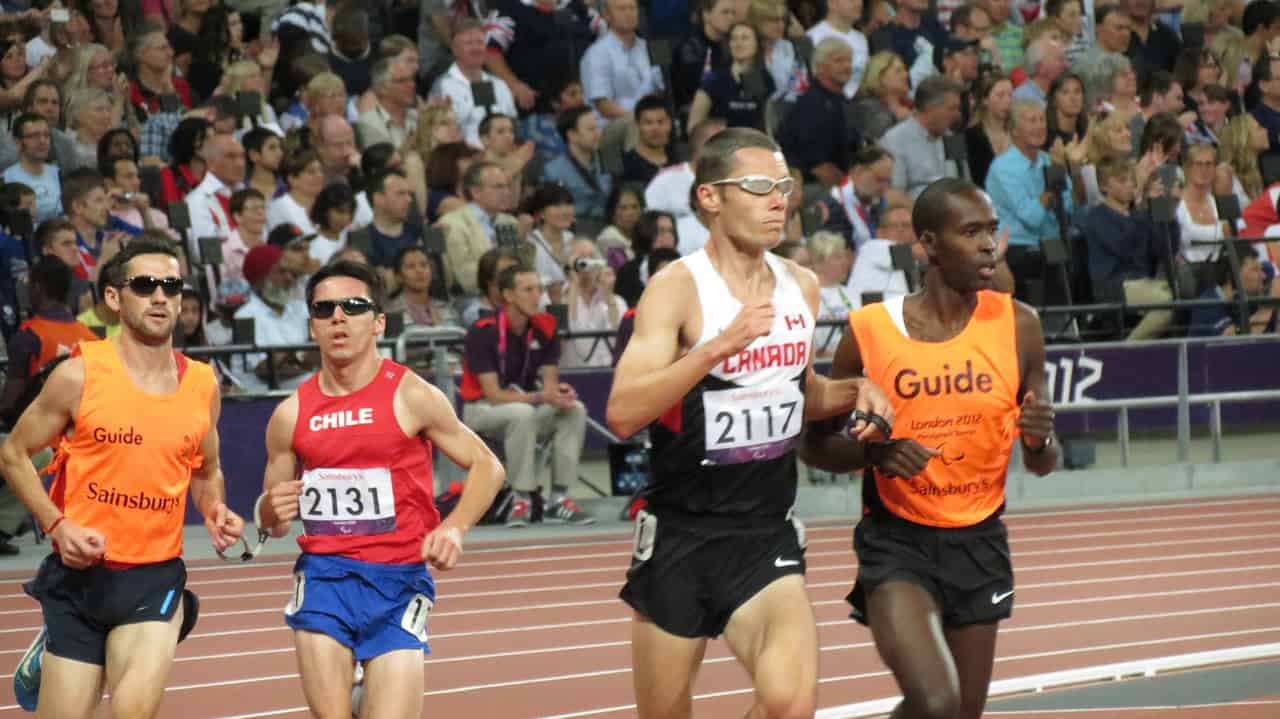
Three projects of Fontys are receiving large, four-year grants within the RAAK-PRO regime of SIA. It is about the projects Progress with Electric Transport in Cities, Printing makes Sense and e-Exercise lower back pain. Fontys submitted six full applications, nationwide there were 64. 27 applications were honoured.
In a short series we highlight the three successful applications. Today: Printing Makes Sense
Read about all the honoured Fontys-projects here.
“Lab-on-a-chip” technologies enable diagnostic tests outside the laboratory. For medical tests, doctors no longer need to send samples to a specialised laboratory and wait for the results, the data can be read immediately and any therapy can be initiated or adjusted immediately. But in practice, the application of the “lab-on-a-chip” technology lags behind the expectations. Print technologies can provide a solution at that point, is what they thought at Fontys. Inkjet printing, plasma printing and 3D-printing are relatively simple, cheap and flexible techniques that can be applied almost everywhere and they’re also appropriate for biological materials.
With a combination of several printing techniques, the project Printing makes sense wants to – under the guidance of lecturers Dr. Jan Bernards and Dr. Stephan Peters – generate a platform with which SMEs can demonstrate the feasibility of their idea around a bio(medical) sensor with prototypes. By using an innovative detection method, recently developed at the Technical University Eindhoven, the researchers want to produce a fully printed sensor that can be read with a smart phone. When the research leads to a ‘proof of concept’, it isn’t only economically very interesting for printing companies in the region, but also for the health care. Peters: “If we can demonstrate that it is in fact possible to make biomedical sensors that way, it offers interesting possibilities for the diagnosis of rare diseases. Or for diagnostics in developing countries.”
With this method, the laboratory gets decentralised, which does require additional care for the execution. “The developed sensor will have to be quite stable”, says colleague Bernards. “And so it shouldn’t give totally different results when there are little differences in for example temperature and humidity. Eventually, of course, this is the concern of the party that is going to bring such a sensor on the market, but the prototype must be capable of making robust workability and stable results possible.”
Two practical applications are being developed. A sensor that can distinguish a severe pneumonia of an innocuous cold by detecting the inflammatory protein ‘C-reactive protein’. And a sensor that can quickly and easily measure the levels of a new oncology biomarker and can be used in the diagnosis of certain types of tumours and measuring the therapeutic response. Bernards: “The two mentioned applications are quite far apart, but we want to show that with the same techniques, different types of sensors can be made. In general, moreover, the sensors will be similar, but in detail they will be different. For the applications we are working with different specialists, but for the structure of the sensors they are the same specialists for different applications.”
The Fontys-initiative drives partly on an identified need within the SMEs. Bernards: “There are all sorts of companies active in this area that are trying to reinvent the wheel for every new sensor, but often also don’t have the money to test their idea for a sensor. For these parties we are trying to find a platform and if there is one, the need to use it might grow.”
Practice-oriented research at universities
RAAK-PRO focuses on strengthening the practice-oriented research at universities, in cooperation with the professional practice, and on intensifying the relations with other knowledge institutions.
The available budget for this call was € 9,8 million and a maximum of € 700.000,- could be requested per RAAK-PRO project. SIA has decided to raise the budget of the call to €17,5 million in response to the quantity of high-quality applications, which made is possible for 25 research proposals to be honoured.








